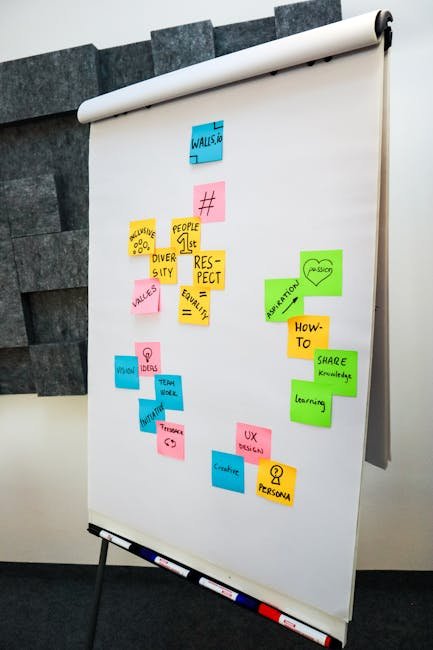Managing Multi-team Dependencies in Agile Projects: A Comprehensive Guide
In today’s fast-paced tech world, Agile methodologies have taken center stage, offering flexibility and efficiency. But what happens when multiple teams work together on a single project? Managing dependencies between these teams can get tricky. Fear not! This guide will walk you through practical strategies to manage multi-team dependencies in Agile projects. Let’s dive right in! 🚀
Table of Contents
1. Introduction: The Agile Framework
2. Understanding Multi-team Dependencies
3. Strategies for Managing Dependencies
4. Tools and Technologies to Consider
5. Challenges and How to Overcome Them
6. Conclusion: Bringing It All Together
7. FAQs
Introduction: The Agile Framework
Agile isn’t just a buzzword; it’s a revolution in project management. By promoting iterative progress and collaboration, Agile frameworks like Scrum and Kanban help teams deliver high-quality products faster. But when you have multiple teams working on interconnected tasks, managing those dependencies becomes crucial. Let’s explore how we can streamline this process.
Understanding Multi-team Dependencies
Imagine your project is a massive jigsaw puzzle, and each team is responsible for a piece. For the final picture to make sense, all pieces must fit perfectly. Dependencies arise when one team’s output becomes another team’s input. Understanding these dependencies is the first step in managing them effectively.
Strategies for Managing Dependencies
1. Clear Communication is Key 🔑
Open channels of communication between teams lead to a better understanding of each other’s roles and responsibilities. Regular meetings, updates, and feedback loops can help ensure everyone is on the same page.
2. Prioritize and Plan 📅
Identify and prioritize dependencies early in the project lifecycle. Use tools like product backlogs and dependency matrices to visualize and manage these dependencies strategically.
3. Empower Cross-functional Teams 🛠️
Encouraging cross-functional teams can significantly reduce dependencies. When teams have a diverse set of skills, they can handle more of their tasks independently, minimizing reliance on other teams.
Tools and Technologies to Consider
Utilizing the right tools can make all the difference in managing dependencies. Software like Jira, Trello, and Asana offer advanced features for tracking project progress and dependencies. These tools provide visualization options like Gantt charts, which can be invaluable for project managers.
Challenges and How to Overcome Them
Managing multi-team dependencies isn’t without its hurdles. Common challenges include miscommunication, resource constraints, and conflicting priorities. Overcoming these requires a proactive approach, leveraging retrospectives to learn from past mistakes and continuously improving processes.
Conclusion: Bringing It All Together
Managing multi-team dependencies in Agile projects can be daunting, but with the right strategies and tools, it’s entirely manageable. By fostering clear communication, prioritizing tasks, and empowering teams, you can ensure your project pieces fit together smoothly, leading to successful outcomes. Remember, it’s all about collaboration and continuous improvement. Let’s make Agile work for everyone! 🎉
FAQs
Q1: What is a dependency in Agile projects?
A dependency occurs when one team’s work relies on the completion of another team’s task. Managing these dependencies effectively is crucial for project success.
Q2: How can we improve communication between Agile teams?
Regular meetings, open communication channels, and collaborative tools can enhance communication, ensuring all teams are aligned and informed.
Q3: What tools are best for managing project dependencies?
Tools like Jira, Trello, and Asana are excellent for tracking dependencies and visualizing project progress, helping teams stay organized and proactive.
Q4: How do cross-functional teams reduce dependencies?
Cross-functional teams possess a variety of skills, enabling them to complete tasks independently and reducing the need to rely on other teams.
Managing multi-team dependencies may seem challenging, but with the right approach, you can navigate the complexities of Agile projects with ease. Happy project managing! 😊













